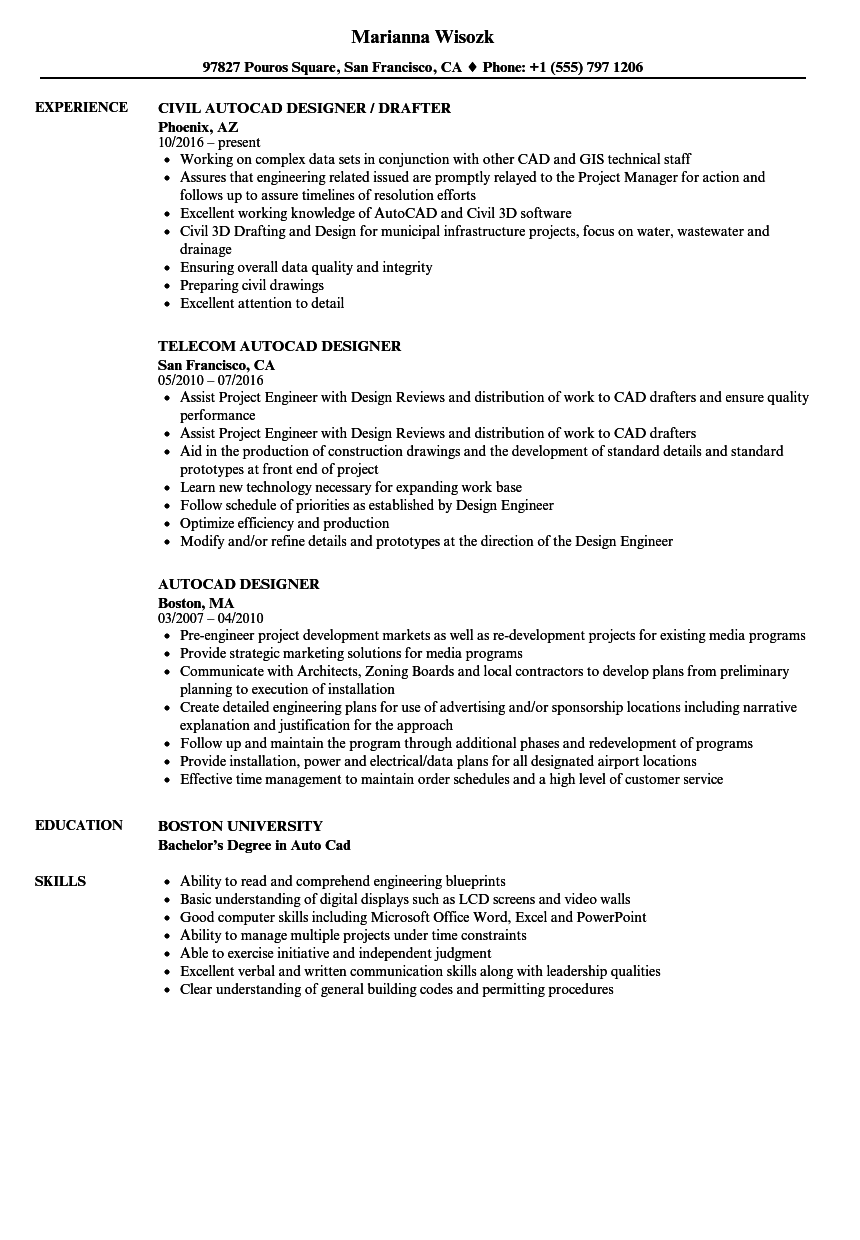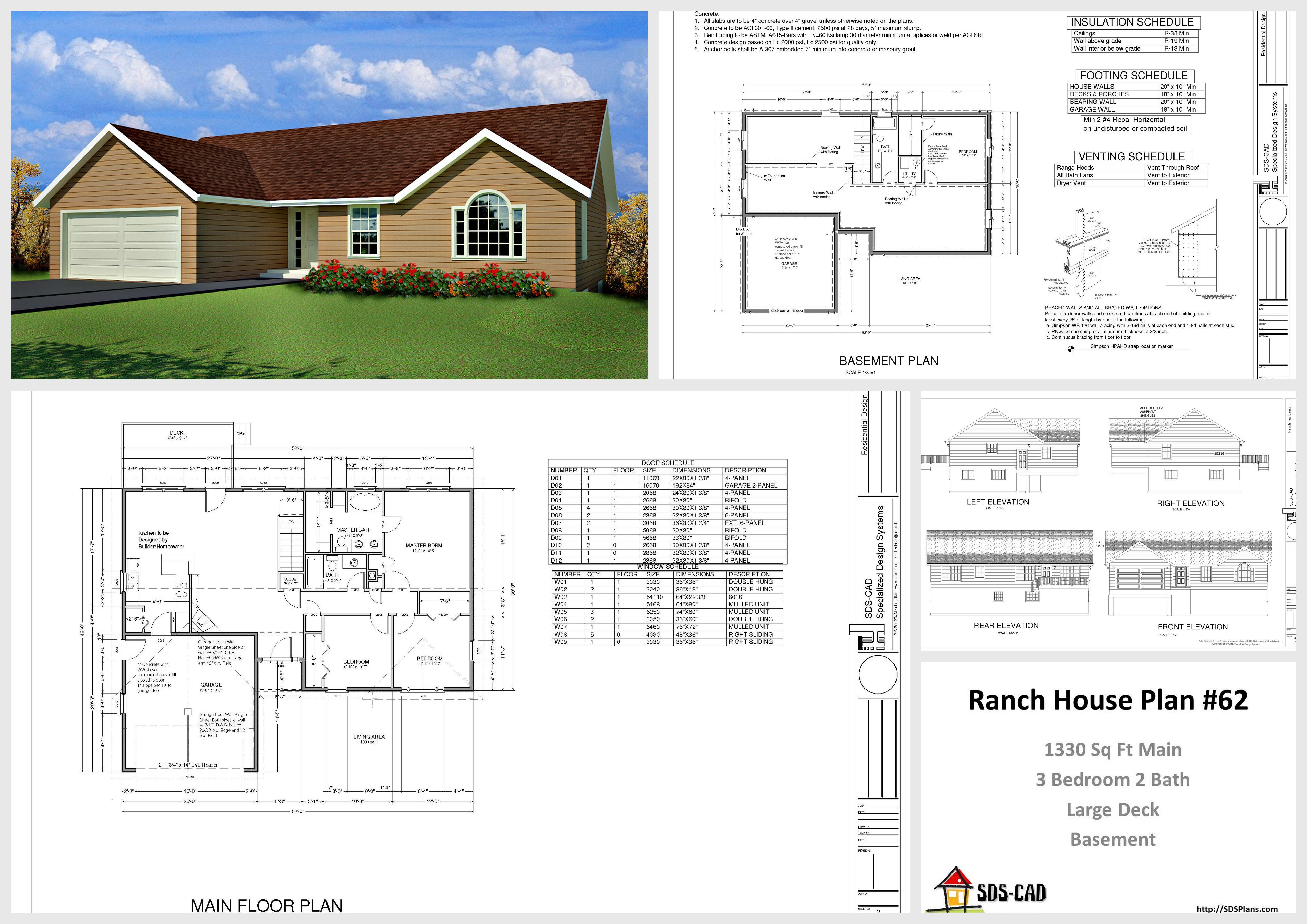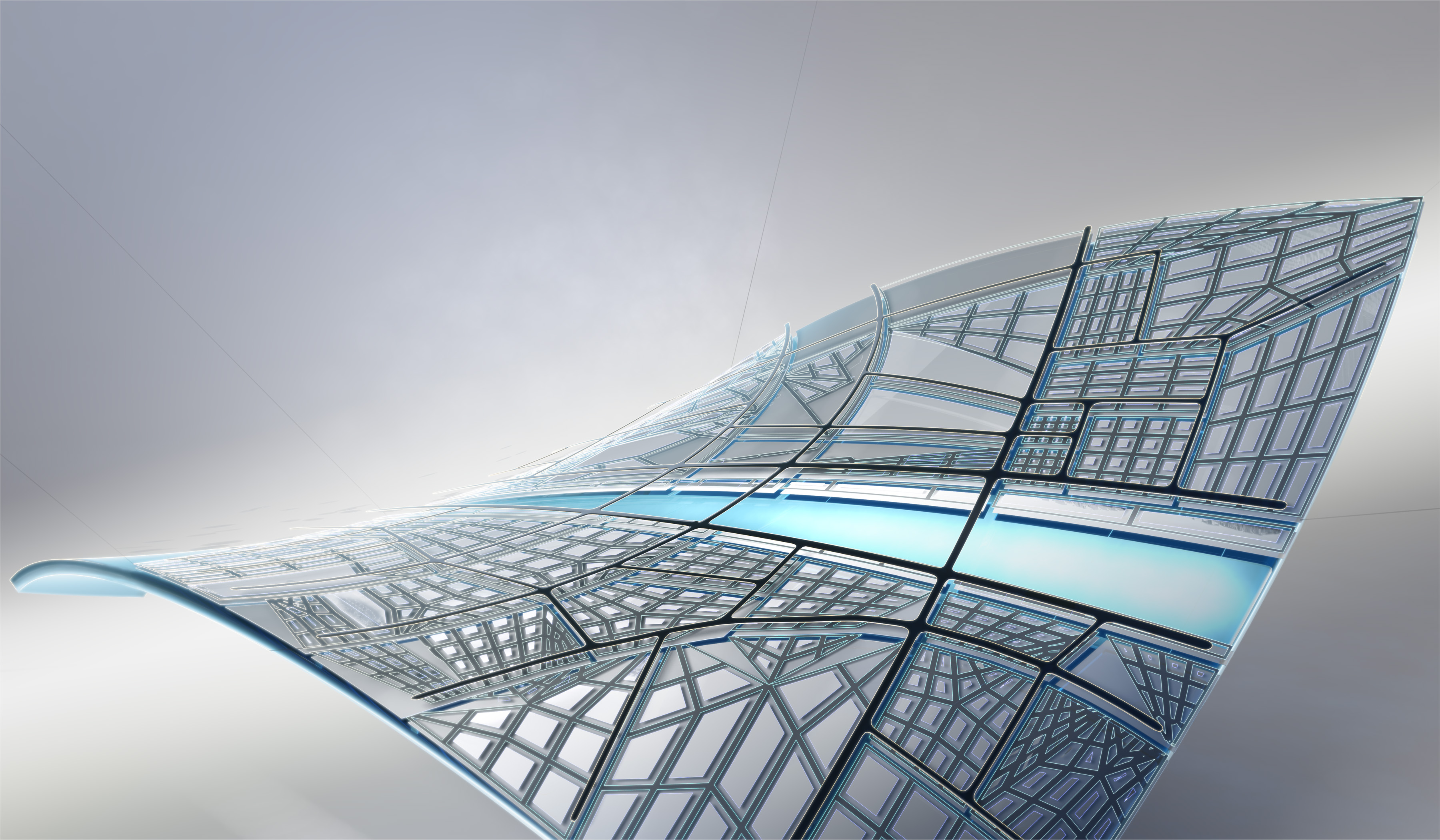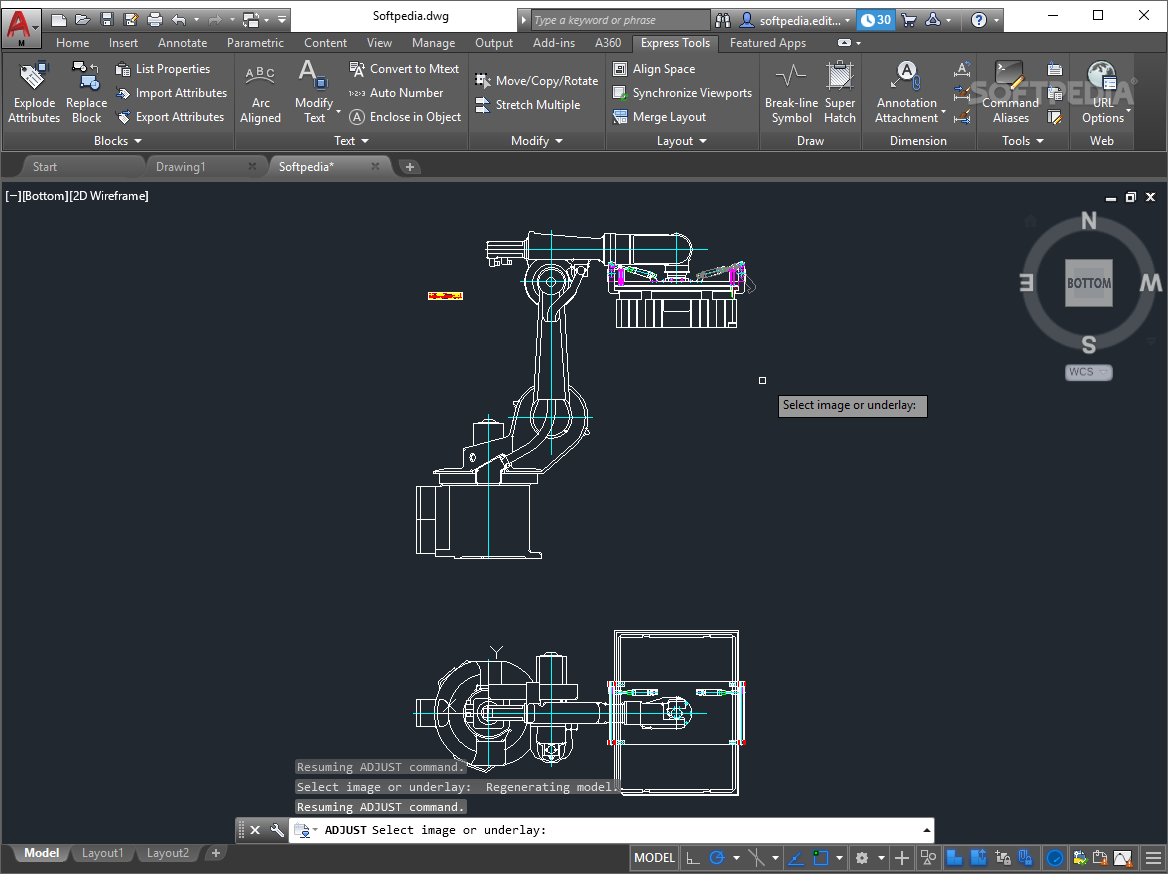Table Of Content

These are things that are not quite as important as your design requirements; they are desirable, but not mandatory. Some of your possible solutions might include more of these nice-to-have features than others, and that is a possible reason they might be better. For example, a design criteria coming from your vision might be that your business must contribute to a greener planet.
Learn More about Design Guidelines
Second stakeholders workshop - Safe and sustainable by design criteria for chemicals and materials - European Union
Second stakeholders workshop - Safe and sustainable by design criteria for chemicals and materials.
Posted: Tue, 22 Mar 2022 07:00:00 GMT [source]
For example, if a team is tasked with creating a backpack that should cost less than $10, then this target design criteria guides the selection of the solution materials, features, and overall shape. Whether the design meets the established criteria is evaluated and tested as the prototype evolves toward a final solution. Establishing reasonable, relevant design criteria is critical—as these target values serve as a guidepost throughout the remainder of the design process. So, the designer approaches the design principles and then uses design guidelines to determine the design rules. Designers often apply design guidelines subjectively when they design products.
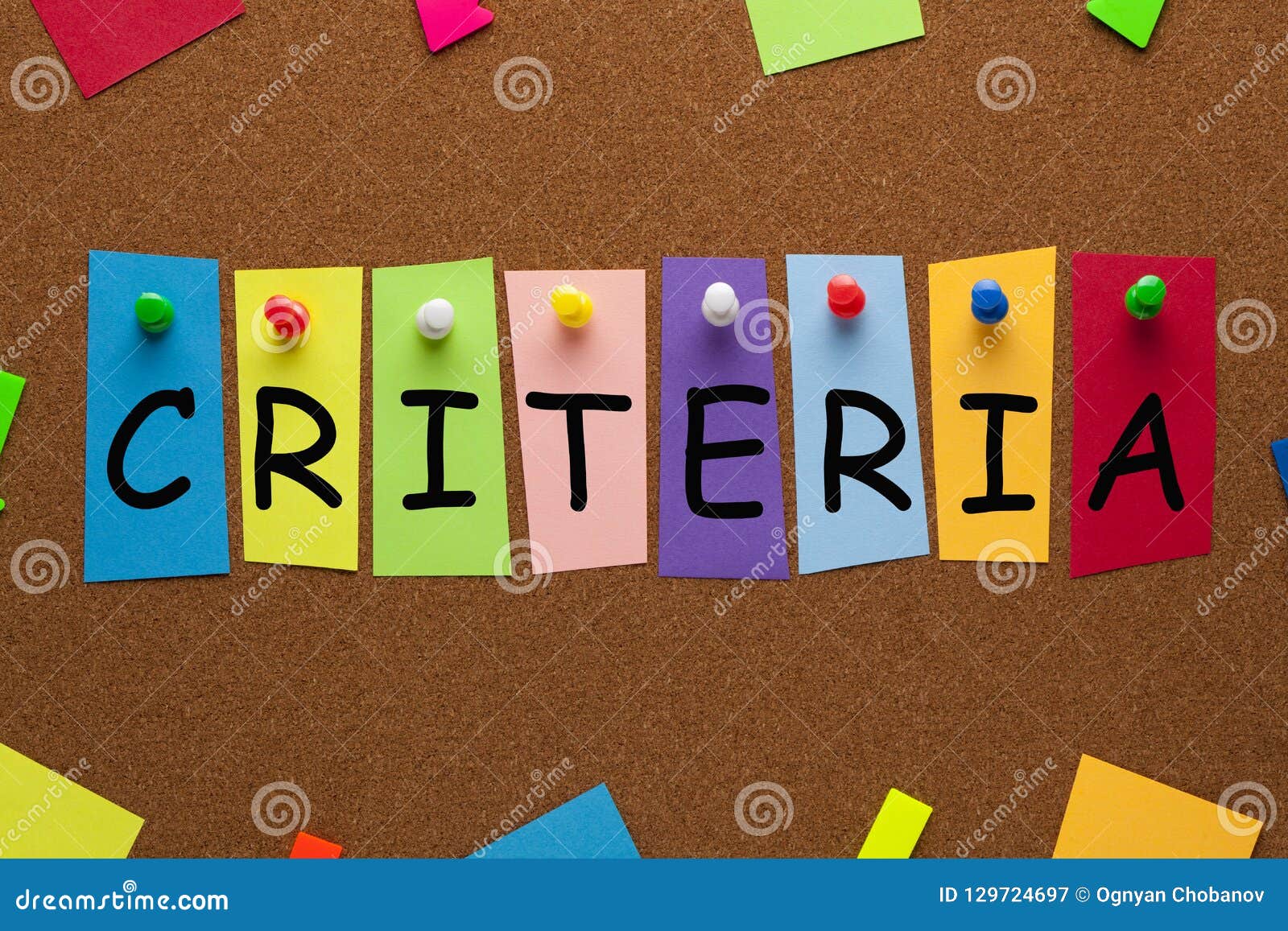
What are examples of design criteria?
Design criteria are an essential part of any engineering project. They provide a clear set of expectations and guidelines to follow and can help ensure the successful completion of the project. By taking the time to create well-defined design criteria and using them to guide the development of the product, you can help ensure that your project is a success. You can also just start applying them in your design now trough design rules. Since design rules are very specific and often visually oriented, they can be documented in a design system or a styleguide. And once you have done so they can be applied in your components, templates, screens and pages.
Requirements
Theoretic efficiency limit and design criteria of solar photovoltaics with high visual perceptibility - ScienceDirect.com
Theoretic efficiency limit and design criteria of solar photovoltaics with high visual perceptibility.
Posted: Sat, 15 Oct 2022 07:00:00 GMT [source]
Make sure to document all changes that are made to the criteria, as well as the rationale behind those changes. Define the criteria that will be used to assess the success of the project. The Design Process is an approach for breaking down a large project into manageable chunks. … Use this process to define the steps needed to tackle each project, and remember to hold to all of your ideas and sketches throughout the process. Upcycling — the creation of new products by reusing one or more components from ones — is having a moment.
For instance, a lot of healthcare devices are bought by children for their parents, resulting in a product that doesn’t help the end user but reassures the buyer. When we see any object, our natural reaction is, “Oh, it reminds me of…”. That aspect of human behavior will impact whether we perceive something positively or negatively. To avoid bad design, engineers took every kind of measurement on soldiers and later on civilians to know the acceptable range of design. Tracks ad performance and user engagement, helping deliver ads that are most useful to you.
What are the guidelines for effective design?
When browsing for a hotel room, an introvert might like the general atmosphere, the minimalistic design, the calm, whereas the extrovert could like the luxurious aspect and the view of the city. Satisfaction is how willing the users are to interact with the interface. It seems less objective than efficacity and efficiency, but by standardizing answers through a questionnaire like the SUS, you can objectively compare results. What can be objectively judged is if you can answer yes or no to every aspect on a heuristic list. But whether the solution is suited for the use case will depend on the context and should be judged subjectively by an expert. Objective criteria don’t give information about the aesthetic qualities of a design, and a lot of outdated designs were objectively good but wouldn’t be liked today.
Visual Teams (David Sibbet)
Of course, users would need a lot of coaching since they are not really experts on design. Design principles provide general direction, while guidelines offer specific recommendations for implementing those principles. For instance, a principle may focus on legibility and readability. However, a guideline would specify using large, jargon-free text with short sentences and drawing attention to causes and solutions for effective communication. Combining these elements ensures that design decisions align with overall principles while offering actionable steps for implementation, fostering a cohesive and practical design approach.
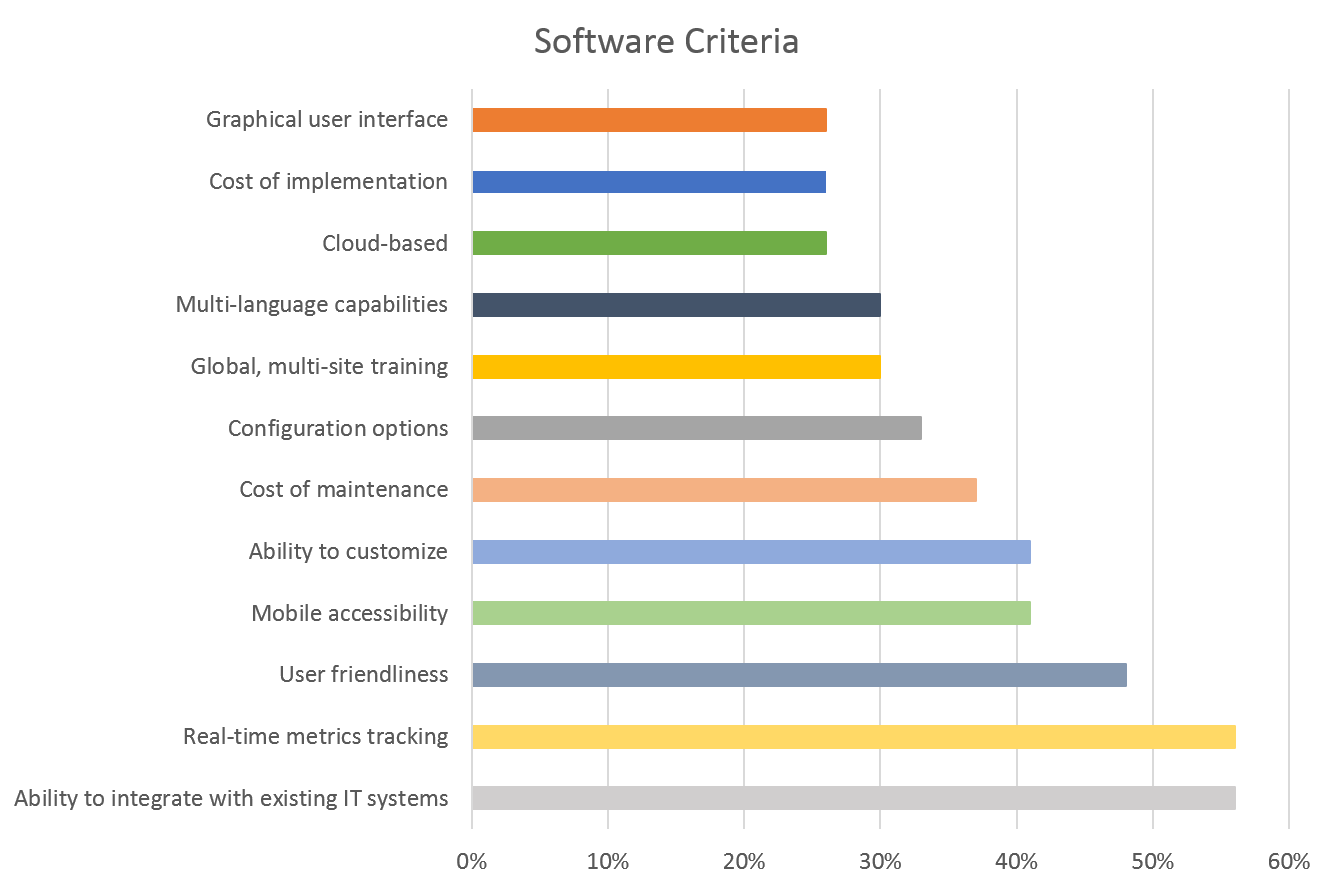
Share Knowledge, Get Respect!
This document is important for understanding the client expectations and why the systems were chosen. The Design Criteria document is a valuable document that lists the expected design information in tables. This document is helpful for ensuring that the project meets the client’s expectations. Evaluating design can be tricky, but there are some key factors to consider that can help make the process easier. The first is to ask whether the design solves the problem or meets the need for the people.
The Decision Matrix
When you follow Nielsen and Molich’s 10 user interface guidelines you will design with usability, utility and desirability in mind. To practice recognizing these 10 rules of thumb, go ahead and work through the exercise outlined in the attached file from the above section. Design guidelines are documented by outlining principles, providing specific guidelines for their application, and detailing rules for implementation. This comprehensive documentation ensures that designers share a common understanding.
Once you’ve started this exercise, you might find that you need to adjust your vision slightly. If that’s the case, adjust the design criteria so that they match the new direction. As you continue to evolve your point of view, you may need to add or update your design criteria. In this model, the first step is researching our users, on the top right side of the filter.
With mobile devices, people can use the same tool on their sofa or when walking through a crowd. It’s best to design for the worst situation possible, but in some cases, it’s even better to make two different designs corresponding to different points of interaction. An example of this is Airbnb being different on PC and mobile to accommodate calm vacation brainstorming and a stressful arrival. What can be considered objective, on the other hand, is how to evaluate usability.
This will help you to create better solutions for your users and create concepts that are more appealing. Another example of stakeholders that are usually not involved in the design process are users. A lot of research is done by interviewing and observing users to identify their needs. But when the research is done and designing starts, users are usually not involved. By inviting them to help in coming up with design guidelines, that could change.
This website is using a security service to protect itself from online attacks. There are several actions that could trigger this block including submitting a certain word or phrase, a SQL command or malformed data. Once you have created a number of possible solutions to your design problem, you need to choose which one is best. Regularly revisit your design criteria, both as a touchstone for ideas and directions, and to see if they need to be updated because your point of view became more informed.
Brands have various guidelines for designers to tailor dashboards to minimize cognitive load and maximize readability. Microsoft, Apple and Google are examples of companies that have exemplary standards (e.g., Google’s Material Design) for use in customization. Designers also have to accommodate users’ cultural considerations (e.g., color use and text direction). Moreover, when you design for mobile devices, you have to balance between brand consistency and maximal use of limited screen space. That’s why designers often use pictures or icons to represent information on mobile designs.
